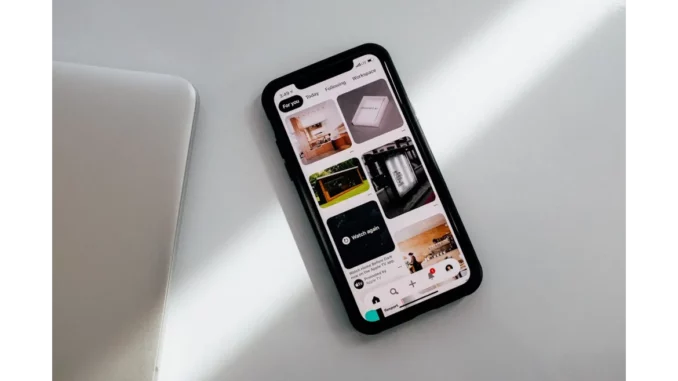
In a world where social media platforms are buzzing with activity, Pinterest stands out with its unique identity as a visual search engine. This distinction is particularly beneficial for creative professionals like interior designers. Recently, I had the pleasure of sitting down with Clara Hayes, a seasoned interior designer who has harnessed Pinterest’s potential to elevate her design business. Clara shared her insights and strategies on how interior designers can leverage Pinterest to not only showcase their work but also draw in clients and expand their reach.
The Visual Edge
Clara began our conversation by emphasising the visual nature of Pinterest. Unlike other social media platforms where community interaction takes precedence, Pinterest is about discovering and collecting ideas. “As an interior designer, it’s a dream platform,” she remarked. “People come to Pinterest with a mindset to explore, plan, and, most importantly, visualise. This gives us an edge because we can present our designs in a way that’s both inspiring and actionable.”
According to Clara, the key to successful Pinterest marketing is understanding that users are searching for ideas rather than engaging in conversations. This makes Pinterest a perfect fit for those in the design industry where visual appeal is paramount. Interior designers can showcase their portfolios, highlight trends, and direct potential clients to their services without the pressure of maintaining continuous dialogue.
Setting the Foundation: Business Account
A significant part of Clara’s strategy involves setting up a Pinterest business account. “This is the starting point for any designer looking to use Pinterest professionally,” she explained. A business account unlocks a suite of tools unavailable to regular users, including analytics and the ability to create Rich Pins. These tools are crucial for understanding audience engagement and crafting a more targeted marketing strategy.
Clara also highlighted the importance of Rich Pins, which provide additional context to posts and link directly to a designer’s website. “Rich Pins are brilliant for SEO and can drive significant traffic to your website,” she noted. “For designers, this means more eyes on your work and potentially more clients reaching out for your services.”
Crafting Visually Compelling Content
When it comes to content, Clara stresses quality over quantity. “It’s about curating a collection that truly represents your brand and expertise,” she said. She recommends focusing on high-quality images that showcase the scope of an interior designer’s work. Each pin should be carefully crafted to capture the essence of a designer’s style, providing a snapshot that entices viewers to learn more.
“Use descriptive text and keywords to help your pins appear in searches,” Clara advised. “But remember, the image is the star. Make sure it tells a story or evokes a particular mood.”
Organising and Optimising Boards
Clara shared her strategy for organising Pinterest boards, which is an essential part of her marketing plan. “Think of your boards as your storefront,” she explained. “They should be organised, thematic, and reflective of your brand’s identity.”
For Clara, this means creating boards that not only showcase her completed projects but also explore design trends, colour palettes, and unique design elements. Each board is an opportunity to capture a different facet of potential clients’ interests, leading them further into her design world.
Engagement and Consistency
While Pinterest is less about social interaction, Clara emphasised the importance of engagement in terms of regular activity. “Consistency is key,” she said. “Regularly updating your boards and engaging with other content on Pinterest helps maintain visibility.”
Clara recommends setting aside time each week to pin new content, repin relevant ideas, and interact with other designers’ boards. This not only keeps her profile active but also fosters connections within the design community.
Analysing Performance
Finally, Clara discussed the importance of analysing performance using Pinterest’s analytics tools. “These insights are invaluable,” she explained. “They tell you what works and what doesn’t, allowing you to refine your strategy.”
By examining which pins garner the most attention, Clara can tailor her content and approach to better meet the needs and desires of her audience. This data-driven approach ensures that her Pinterest marketing remains effective and aligned with her business goals.
Conclusion
In our conversation, Clara Hayes revealed how Pinterest, as a visual search engine, provides a powerful platform for interior designers to showcase their work and attract clients. By focusing on quality content, strategic organisation, and consistent engagement, designers can tap into the potential of Pinterest to enhance their brand and grow their business.
For interior designers looking to make their mark in the digital world, Clara’s insights offer a roadmap to success on Pinterest. As she aptly put it, “Pinterest is about possibilities. It’s where ideas become reality, and as designers, we have the unique opportunity to guide that transformation.”
Fabrice Fèvre


Be the first to comment